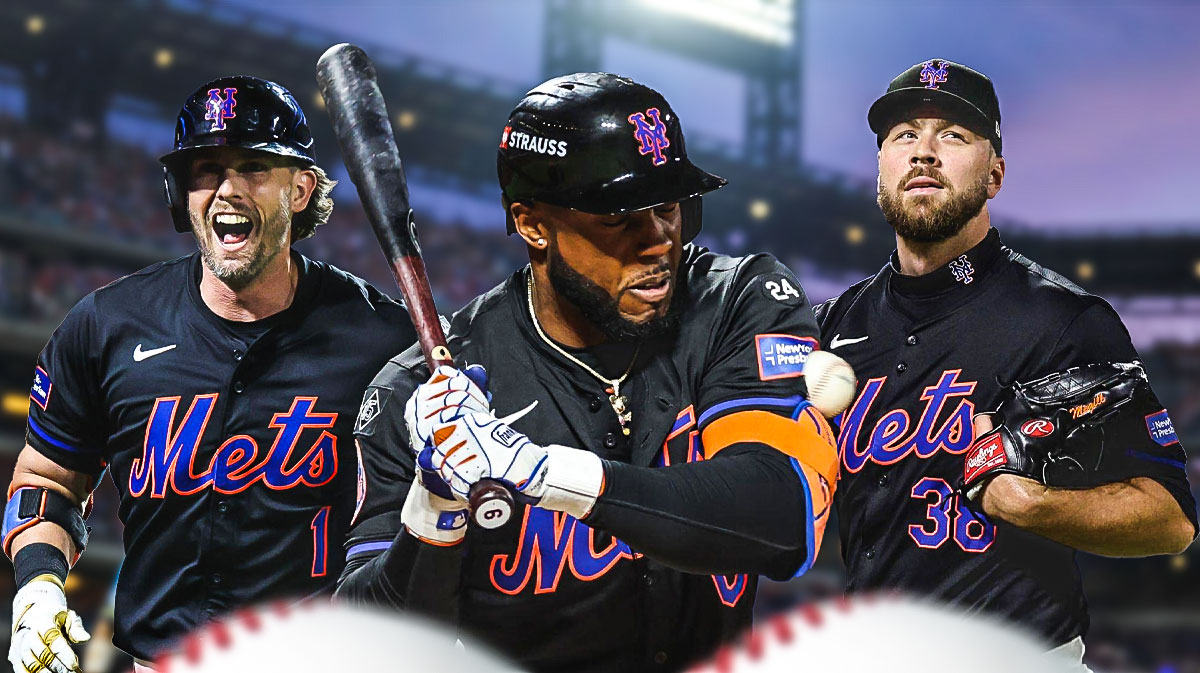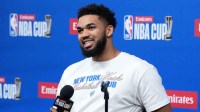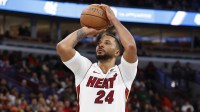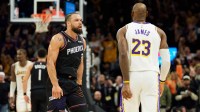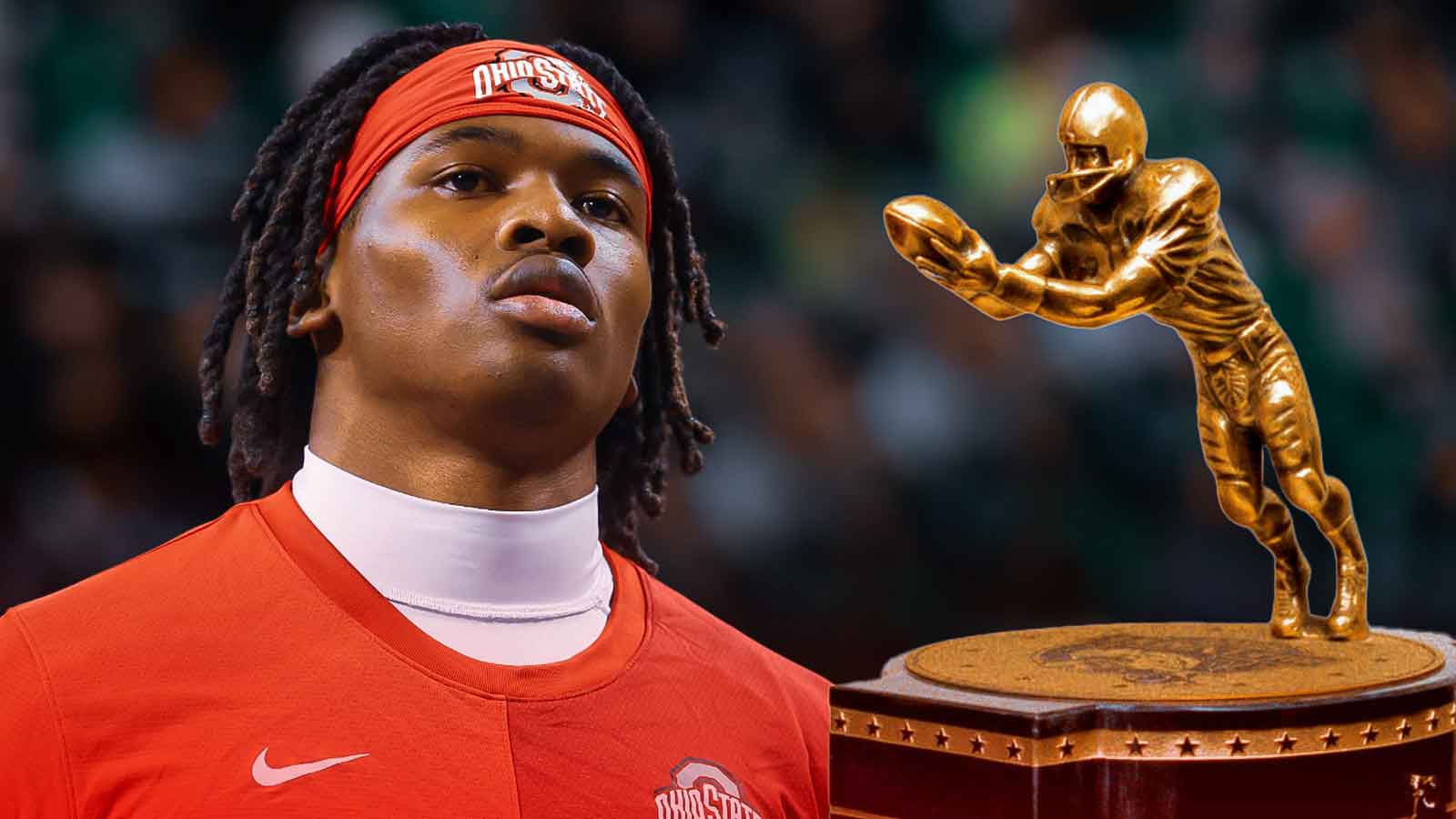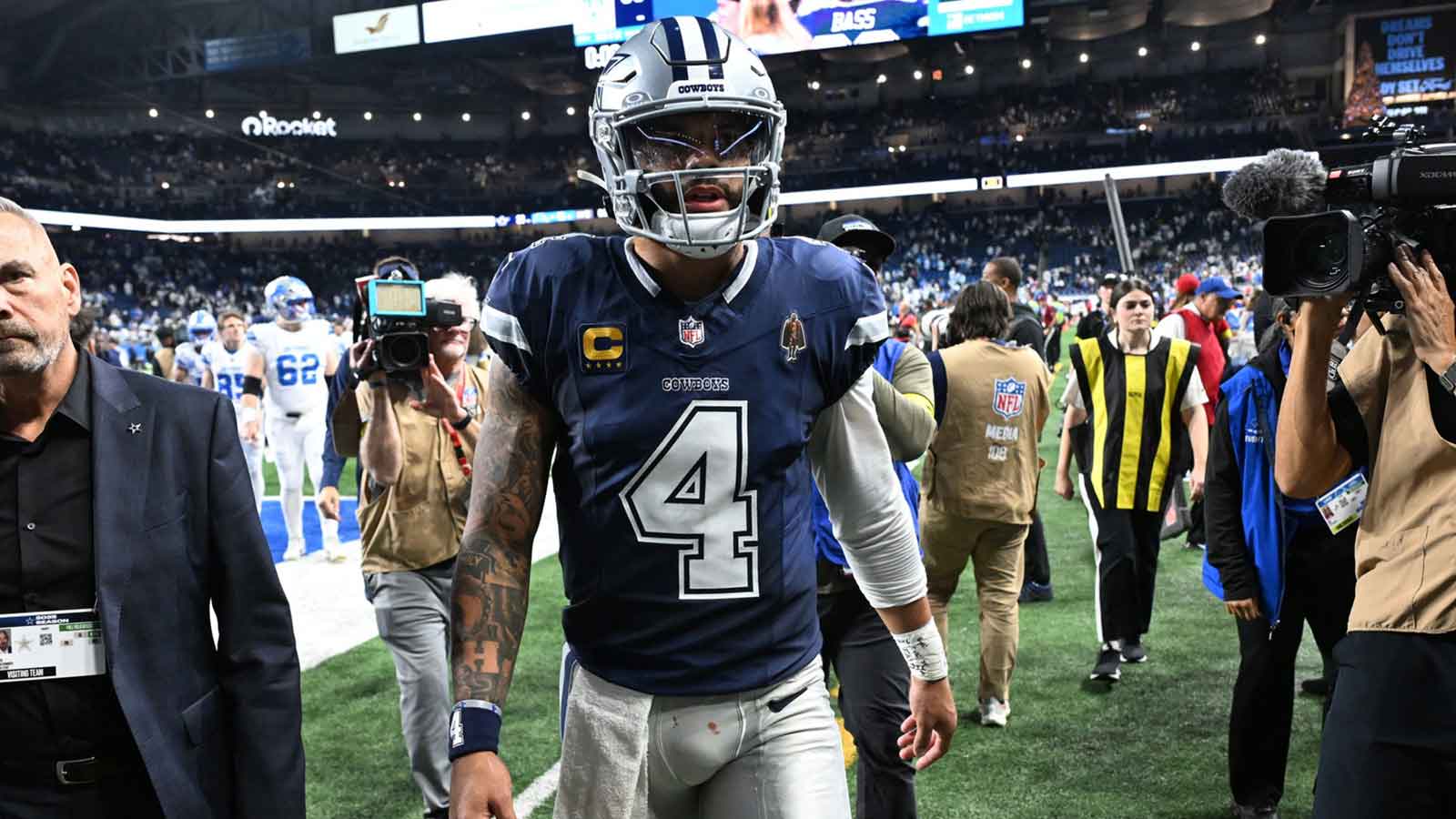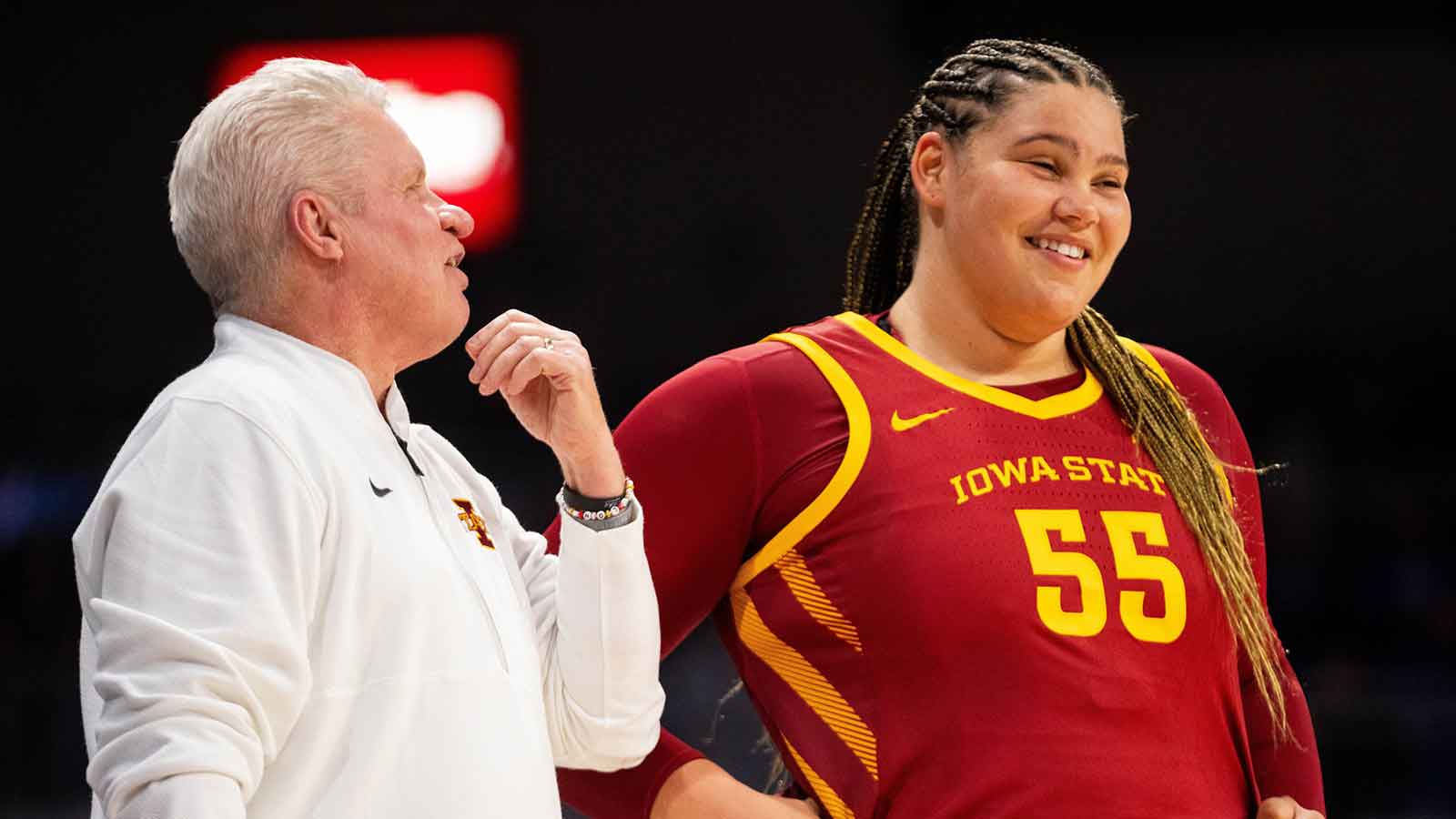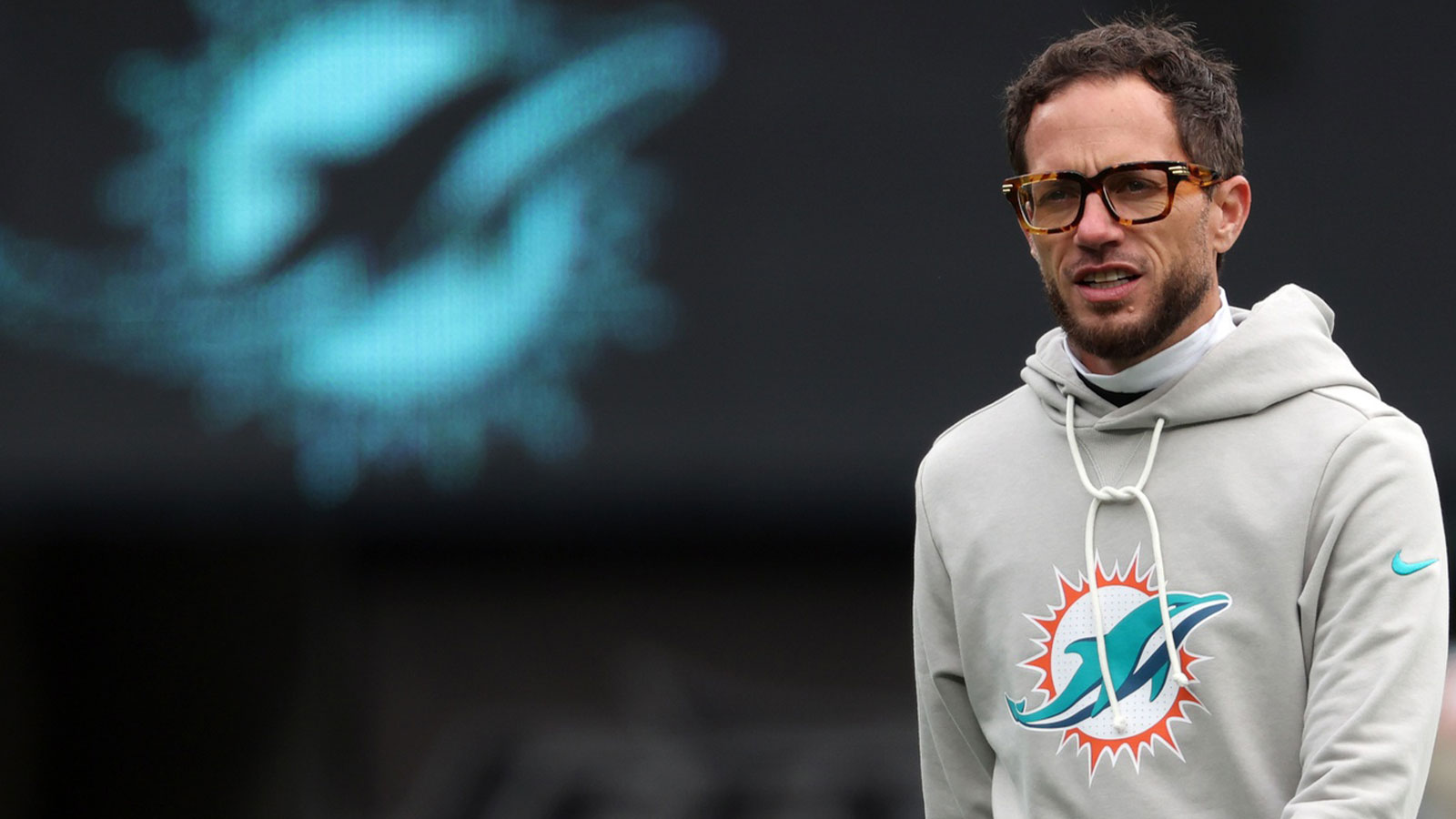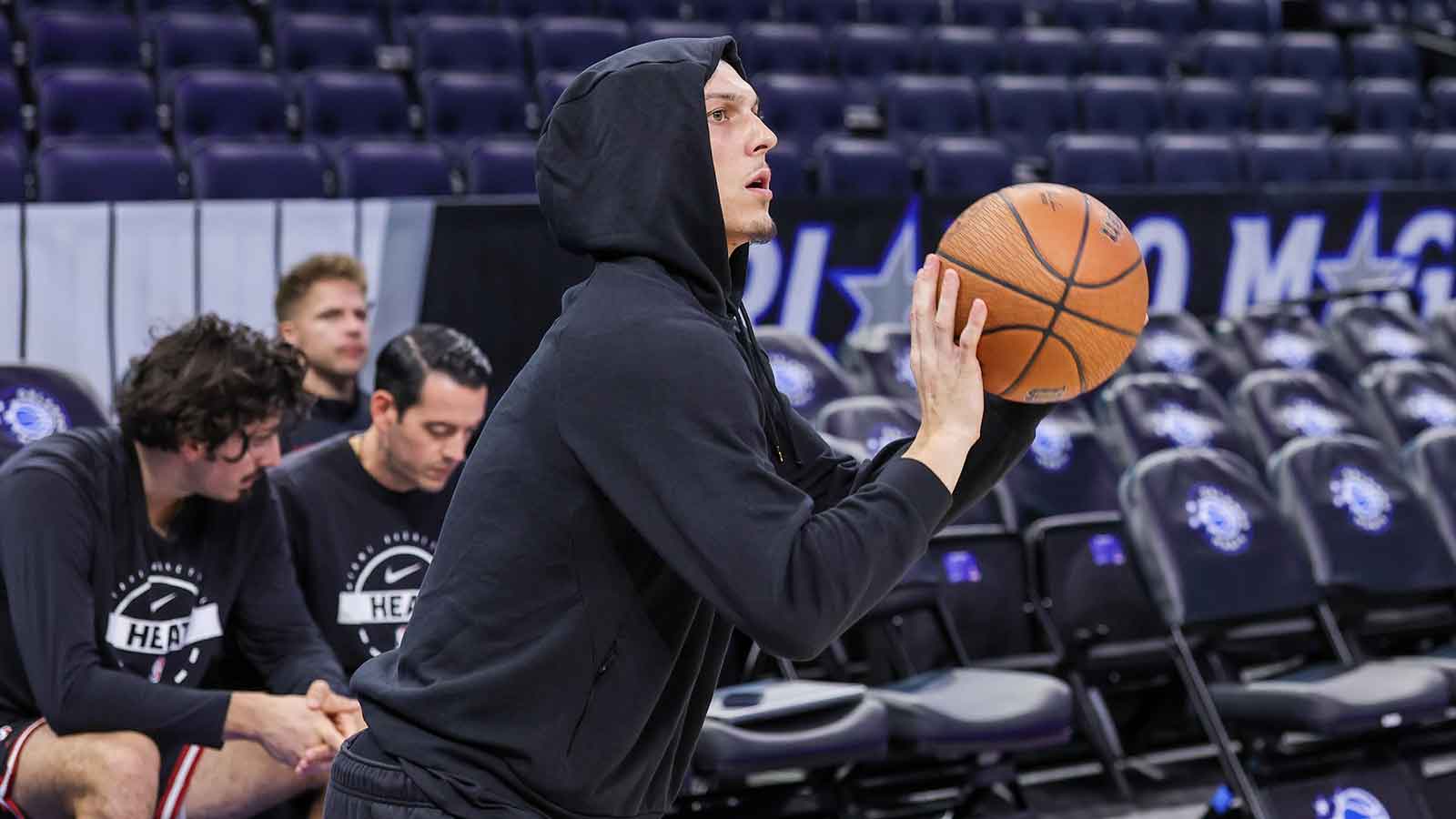The New York Mets have positioned themselves as buyers heading into the 2025 MLB trade deadline, with clear ambitions to strengthen their roster for a postseason run. However, they must consider leveraging some of their established big-league assets to address their most pressing needs, particularly in the bullpen and center field. Here are three Mets who must be on the trade block if the club is serious about maximizing its championship window and acquiring the reinforcements needed for a deep October push.
Jeff McNeil
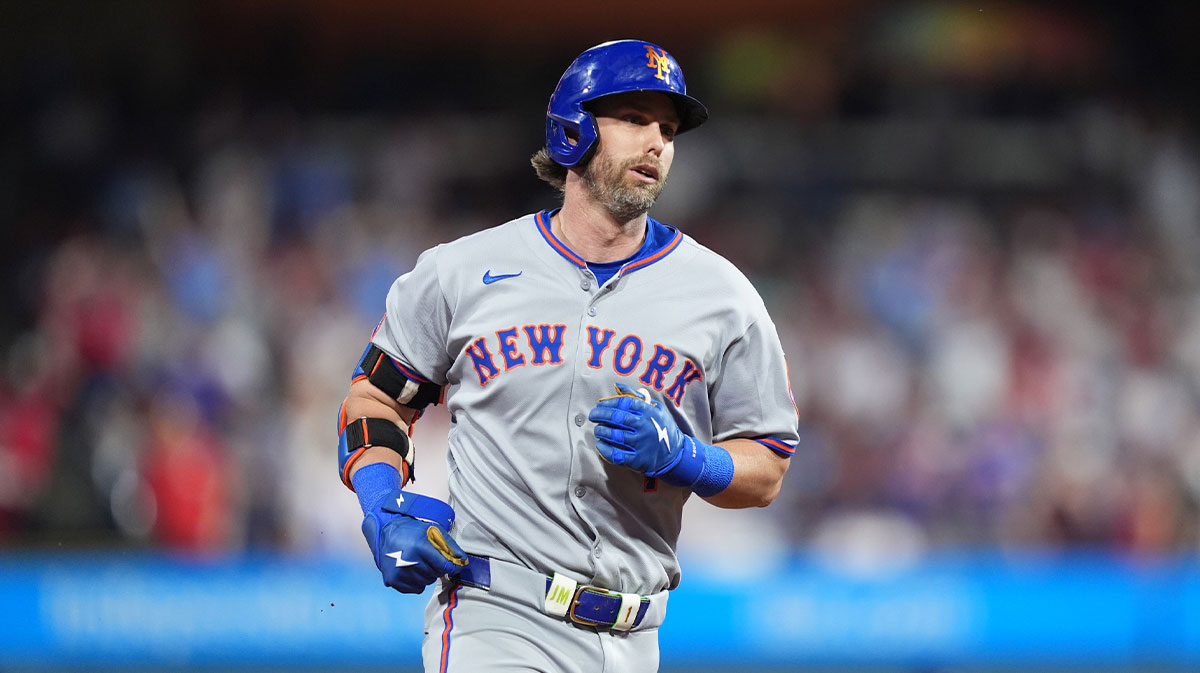
Jeff McNeil, a former batting champion and longtime fan favorite, has seen his role and production diminish over the past two seasons. After a disappointing 2024 campaign where he slashed .238/.308/.384, McNeil rebounded in the second half, hitting .289 with seven home runs in 41 games. Despite this uptick, the emergence of younger, more versatile infielders like Luisangel Acuña, Ronny Mauricio, Brett Baty, and Jett Williams has made McNeil expendable.
Trading McNeil now could net the Mets a valuable return, potentially in the form of bullpen help or prospect depth. His track record as a contact hitter and defensive flexibility still holds significant appeal for contending teams seeking a veteran presence at second base or in a utility role. Moving McNeil would also clear playing time for the Mets’ younger core, allowing the team to inject more athleticism and upside into the lineup while addressing other areas of need.
The Mets’ focus on acquiring pitching, both starting and relief, makes McNeil a prime candidate to be packaged in a deal for a high-leverage reliever or a controllable starter, especially as the team navigates injuries and depth concerns in its rotation and bullpen. With his contract still manageable and his reputation intact, McNeil represents one of the team’s best trade chips who could help bring back a player that immediately impacts the postseason roster.
Starling Marte
Starling Marte’s tenure in New York has been marked by flashes of brilliance offset by injuries and declining production. Now 36 years old, Marte remains a respected clubhouse leader and a capable outfielder, but his fit on the current roster is questionable given the Mets’ outfield depth and the need for more consistent offensive output.
Starling Marte will find a way pic.twitter.com/IZSV7KXnK4
— We Gotta Believe (@GottaBelievePod) June 14, 2025
With Juan Soto entrenched in right field and Brandon Nimmo still a fixture in the lineup, Marte’s path to everyday playing time is murky. The Mets have also been forced to rely on Tyrone Taylor in center field due to injuries, but Taylor’s offensive struggles (.237/.300/.348 in 219 plate appearances) highlight the need for a more impactful solution at the position. Trading Marte could free up salary, open a roster spot for a younger outfielder, and potentially bring back a player who addresses the Mets’ glaring needs in center field or the bullpen.
Marte’s postseason experience and ability to contribute both offensively and defensively make him an attractive target for teams seeking a veteran outfielder for their own playoff push. By moving Marte, the Mets could pivot toward a more dynamic, athletic outfield alignment while acquiring assets that better fit their current competitive timeline.
Tylor Megill
Tylor Megill has been a valuable swingman for the Mets, filling both starting and relief roles as injuries and performance dictated. However, with the Mets’ rotation boasting the best ERA in baseball (2.95) but still facing depth challenges due to injuries to Kodai Senga and Megill himself, his name has surfaced as a potential trade chip.
Megill’s appeal lies in his age, team control, and ability to eat innings at the back of a rotation or serve as a multi-inning reliever. Contending teams looking to shore up their pitching staff for the stretch run would value Megill’s versatility, especially given the scarcity of reliable arms available at the deadline. For the Mets, trading Megill could help land a more established or higher-upside pitcher, or even a controllable center fielder, both of which are areas of need as the team eyes October.
Including Megill in a package deal could also help the Mets avoid parting with top pitching prospects, preserving the long-term health of their farm system while still addressing immediate roster holes. His departure would be mitigated by the expected returns of Sean Manaea and Frankie Montas, as well as the continued emergence of young arms within the organization.
As the Mets prepare for the 2025 trade deadline, the calculus is clear: to go from contender to true World Series threat, they must be willing to part with established veterans who no longer fit the team’s evolving roster construction. Jeff McNeil, Starling Marte, and Tylor Megill are three players whose value on the market could help the Mets secure the missing pieces for a deep playoff run, all while setting the stage for sustained success in the years to come.

